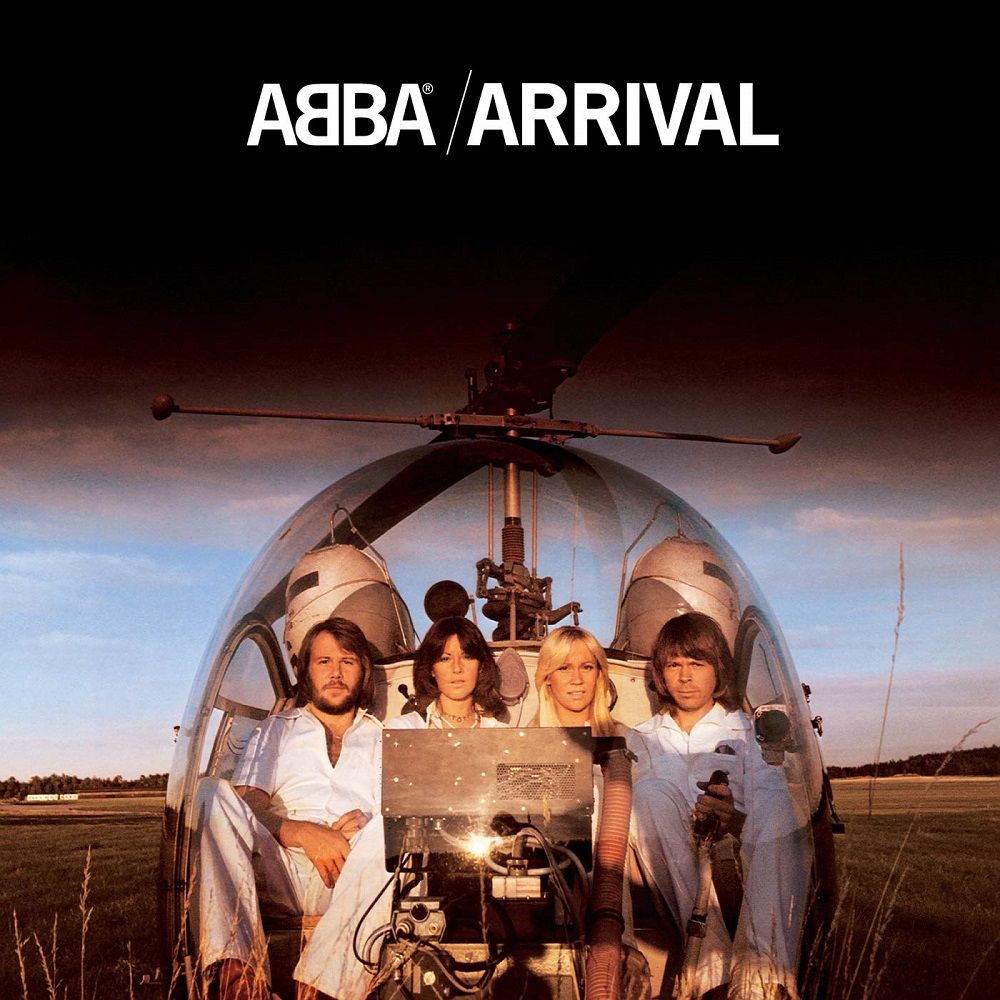Introduction
 A Milestone for ABBA: Unveiling the Story Behind “Arrival”
A Milestone for ABBA: Unveiling the Story Behind “Arrival”
ABBA’s “Arrival” isn’t just the title of their iconic fourth studio album released in 1976; it’s also an instrumental track that marked a turning point in the band’s sound. This progressive piece showcased their musical evolution and experimentation, paving the way for their future disco-influenced hits.
While the exact inspiration for the song remains undisclosed, it’s believed to be the brainchild of Benny Andersson, the band’s composer and keyboardist. Originally titled “Fiol” (meaning “fiddle” in Swedish) and later “Ode to Dalecarlia” (referencing a historical province in Sweden), the song eventually became “Arrival” – a title that encapsulated the band’s artistic growth and their international expansion.
The melody of “Arrival” is a departure from their earlier pop-centric sound. Featuring a slow, dreamy tempo with prominent piano, strings, and a mellotron (an early synthesizer), the song creates a sophisticated and atmospheric soundscape. The lack of vocals allows the instrumentation to take center stage, showcasing the band’s expanding musical palette.
“Arrival” wasn’t a typical single release intended for radio play. However, it became a significant track on the album, setting the tone for a more mature and experimental ABBA. The song demonstrated their willingness to push boundaries and explore new musical territories.
The song’s legacy lies in its role as a bridge between ABBA’s early pop sound and their later disco hits. “Arrival” marked a turning point in their career, showcasing their musical growth and experimentation. It serves as a testament to ABBA’s creativity and their ability to evolve while retaining their signature melodic appeal.
So, if you’re ready for a departure from ABBA’s typical pop sound and want to delve into a sophisticated instrumental piece, then put on your headphones and experience “Arrival.” This song is more than just a track; it’s a glimpse into the artistic evolution of one of pop music’s most influential bands.